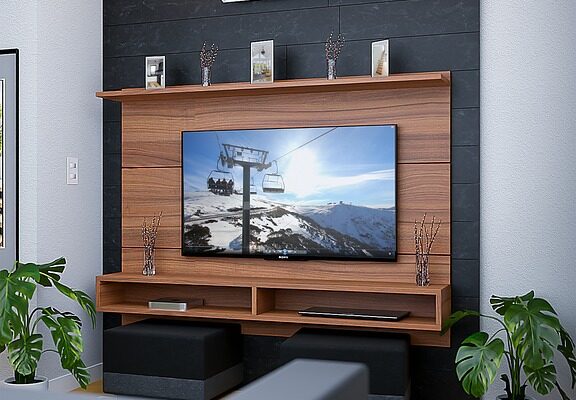Unlocking the secrets of photorealistic rendering with texture mapping
What is texture mapping?
Texture mapping is a technique used in computer graphics to apply textures or images to a 3D model. This process is essential for creating photorealistic renderings, as it allows for intricate details and surface properties to be accurately represented. By mapping textures onto a 3D model, artists and designers can add depth, realism, and complexity to their creations.
How does texture mapping work?
Texture mapping works by projecting a 2D image onto a 3D surface. The texture is aligned and scaled to fit the geometry of the object, creating the illusion of detail and complexity. Different texture maps can be used to represent various properties of the surface, such as color, reflectivity, roughness, and bumpiness.
One of the most common types of texture maps used in rendering is the diffuse map, which determines the base color of an object. Additionally, specular maps can be used to control the reflective properties of a surface, while normal maps can add fine details and imperfections to the geometry.
Benefits of texture mapping
Texture mapping is crucial for creating photorealistic renderings, as it allows artists to add depth, realism, and complexity to their 3D models. By incorporating texture maps into the rendering process, designers can achieve highly detailed and lifelike results.
One of the main benefits of texture mapping is its ability to enhance the realism of a scene. By applying textures that mimic real-world materials, such as wood, metal, or fabric, artists can create immersive and believable environments. This level of detail adds a sense of depth and dimension to the scene, making it more visually appealing and engaging.
Texture mapping also allows for greater flexibility and creativity in the rendering process. Artists can experiment with different textures, colors, and patterns to achieve a specific look or feel for their designs. By customizing the texture maps applied to their models, designers can create unique and visually stunning renderings that stand out from the crowd.
Challenges of texture mapping
While texture mapping is a powerful tool for creating photorealistic renderings, it can also present a number of challenges for artists and designers. One of the main challenges is ensuring that the texture maps align correctly with the geometry of the 3D model. If the textures are not properly mapped, the rendering may appear distorted or unnatural.
Another challenge of texture mapping is ensuring that the textures are of high quality and resolution. Low-resolution textures can result in pixelation and blurriness, detracting from the overall realism of the scene. Artists must carefully select and create texture maps that are detailed and crisp to achieve a polished and professional-looking rendering.
Advanced techniques in texture mapping
Procedural textures
Procedural textures are a type of texture mapping that generates textures algorithmically, rather than relying on pre-made images. This technique allows for greater control and flexibility in creating unique and complex textures. Procedural textures can be used to create a wide variety of effects, such as patterns, noise, and gradients, making them highly versatile and customizable.
One of the main benefits of procedural textures is their scalability. Because procedural textures are generated algorithmically, they can be scaled up or down without losing quality or resolution. This makes procedural textures ideal for creating highly detailed and realistic renderings, as artists can easily adjust the texture maps to fit the size and shape of their models.
PBR textures
Physically Based Rendering (PBR) textures are a type of texture mapping that simulates the physical properties of real-world materials. PBR textures are designed to accurately represent how light interacts with different surfaces, such as metal, plastic, or glass. By using PBR textures, artists can create highly realistic and accurate renderings that mimic the appearance of real materials.
One of the key advantages of PBR textures is their consistency across different rendering engines and platforms. Because PBR textures are based on physical principles, they can be used in a wide range of software programs and game engines, ensuring that the final rendering maintains a consistent and accurate appearance.
Texture mapping in virtual reality
Texture mapping plays a crucial role in creating immersive and realistic virtual reality experiences. By applying high-quality texture maps to 3D models, designers can enhance the realism and interactivity of virtual environments. Texture mapping allows for detailed and lifelike textures to be applied to objects and surfaces, creating a more engaging and immersive VR experience for users.
In virtual reality applications, texture mapping is used to create realistic environments, characters, and objects that users can interact with and explore. By incorporating texture maps that accurately represent real-world materials and surfaces, designers can create virtual worlds that are visually stunning and convincing. Texture mapping is essential for creating photorealistic renderings in virtual reality, as it allows for intricate details and surface properties to be accurately represented in a 3D environment. Through advanced techniques such as procedural textures and PBR textures, artists and designers can achieve highly detailed and lifelike renderings that push the boundaries of what is possible in the world of computer graphics.
